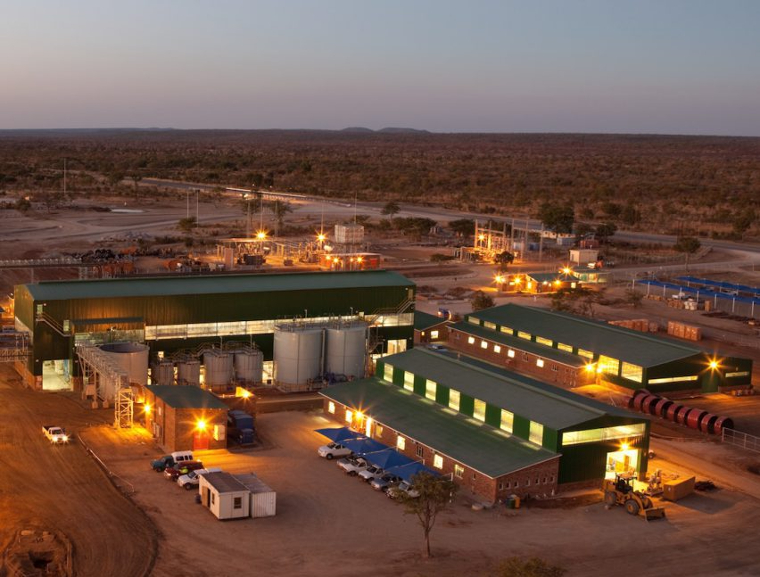Caledonia Mining
Blanket Mine has recently switched on its new 12MW solar plant. Construction of the solar plant started in 2021, after Caledonia raised US$13 million from a share sale. The power plant will eventually supply 27% of Blanket’s power needs and cut Caledonia’s cost of production.
Mimosa
Mimosa Platinum plans to invest an additional US$200 million into Zimbabwe, developing new mining areas, building a new tailings dam and improving processing efficiencies. To meet demand for power at its mine in Zvishavane, the company plans to build a 38MW solar plant.
Manhize
Tsingshan, the world’s largest stainless steel company, is building a new steel plant at Manhize, in the Midlands. Steel plants are power-hungry. According to ZESA boss Sydney Gata: “It (Manhize) will be the largest customer project for ZESA, requiring up to 500MW in the next two years, which is equivalent to almost a third of today’s national consumption.”
In the project plan is a 300MW power station at the site. But the company still needs ZESA, and has entered into an arrangement to fund a 97km high-voltage power line from Sherwood to the plant. Tsingshan will extend a US$66 million loan to ZESA, to be repaid through offsets on future power bills.
RioZim
RioEnergy, the RioZim energy arm, has been awarded licenses to install 180MW of solar power at the gold miner’s operations. The plan is to put up four separate solar parks of 45MW each at RioZim’s three gold mines – Renco Mine in Nyajena, Dalny Mine in Chakari, Cam and Motor Mine in Kadoma, and also at the Murowa Diamonds Mine near Zvishavane.
(107 VIEWS)


